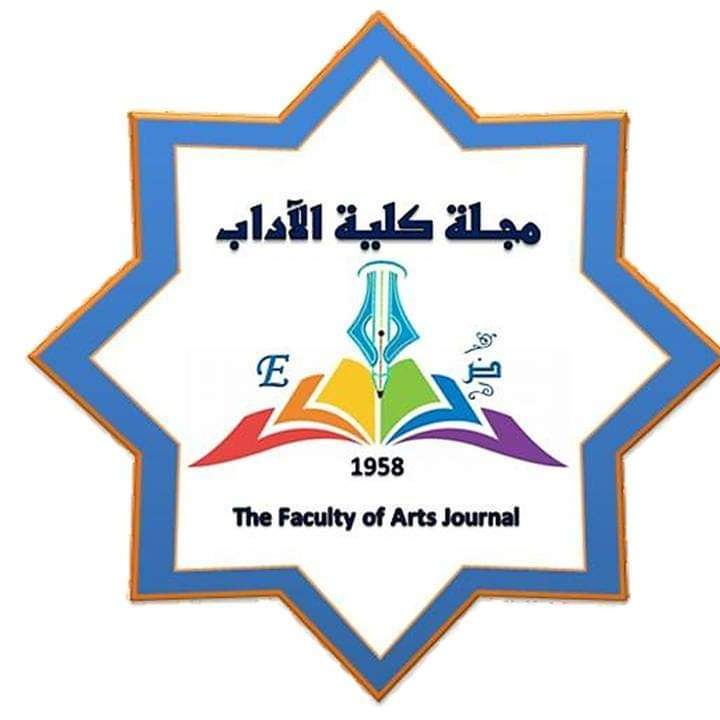The Impact of Using First Language (Arabic) in ESL Learning classroom in Libyan High Schools
DOI:
https://doi.org/10.37376/jofoa.vi54.6536الكلمات المفتاحية:
ESL (English as a Second Language)الملخص
منذ عدة سنوات, ناقش العلماء مدى تأثير استعمال اللغة الأم على تعليم اللغة الإنجليزية حيث أن عدد كثير من الدراسات قد ناقشت هذا الموضوع. حتى وقتنا هذا لم تصل الأبخاث الى نتيجة واضحة بخصوص حذف أو أضافة اللغة الأم في تعليم اللغة الثانية. سلطت هذه الورقة الضوء على أراء المؤيدين والمعارضين وكذلك المحايدين في هذا الموضوع، كذلك تناول البحث بعض الدراسات تلتي أجريت في هذا الصدد. بالإضافة الى ذلك تناول البحث ما إذا كانت الدراسة بالغة الأم قد تعيق اللغة المستهدفة.
لقد كان الهدف من البحث التعرف على اكتشاف المساحات التي يمكن فيها استعمال اللغة العربية في الفصل الدراسي ومدى تفضيل الطلبة لاستخدام اللغة الأم و توقعاتهم بردود أفعال المعلمين باستعمال اللغة الأم في التدريس.
نتائج البحث تم جمعها باستخدام استبيان الأسئلة والذي تم توزيعه على عدد ثلاثون مدرسا من معلمي اللغة الإنجليزية في المدارس الثانوية. دلت نتائج التحليل الاحصائي على أن المدرسين والطلبة على حد سواء كانت لهم مؤشرات إيجابية اتجاه تضمين اللغة الأم في برنامج الدراسة باللغة الثانية. كذلك أوضحت الدراسة أن استعمال اللغة العربية ساهم الى حد ما في وظائف منهجية التعليم، على سبيل المثال في شرح القواعد والمفردات
التنزيلات
المراجع
- Afzal, S. (2013) Using of the First Language in English classroom as a way of scaffolding for both the students and teachers to learn and teach English. International Research Journal of Applied and Basic Science, 4(7),1846-1854.
- Al Amir, B. (2017) Saudi Female Teachers’ Perceptions of the Use of L1 in EFL Classrooms: English Language Teaching; Published by Canadian Center of Science and Education.Vol. 10, No. 6; 2017.
- Alnofaie, H. (2010) The Attitudes of Teachers and Students towards Using Arabic in EFL Classrooms in Saudi Public Schools- A Case Study. Novitas – Royal.
- Alshammari, M. M. (2011). The Use of The Mother Tongue In Saudi EFL Classrooms. Journal of International Education Research (JIER), 7(4), 95–102. https://doi.org/10.19030/jier.v7i4.6055.
- Aqel, F. (2006) Using the mother tongue (Arabic language) in EFL. Journal of Educational Sciences. (University of Qatar) 9, 53.
- Auerbach, E. R. (1993) Re-examining English only in the ESL classroom. TESOL Quarterly, 27(1), 9-32.https://doi.org/10.2307/3586949.
- Brooks-Lewis, K. A. (2009) Adult learners’ perceptions of the incorporation of their L1 in foreign language teaching and learning. Applied Linguistics, 30(2), 216-235.m https://doi.org /10.1093/.
- Butzkamm, W. (2003) We only learn language once. The role of the mother tongue in FL classrooms: death of a dogma. Language learning journal, 28(1), 29-39. https://doi.org/10.1080/09571730385200181.
- Eldridge, J. (1996) Code-switching in a Turkish secondary school. ELT Journal, 50(4), 303- 311.http://dx.doi.org/10.1093/elt/50.4.303.
- Ellis, R. (2008) The Study of Second Language Acquisition. Oxford: Oxford University Press.
- Harmer, J. (2001) The Practice of English Language Teaching. Harlow: Longman.
- Kelly, N. & Bruen, J. (2014) Translation as a pedagogical tool in the foreign language classroom: A qualitative study of attitudes and behaviors. Language Teaching Research 10.1177/1362168814541720.
- Kovacic, A., & Kirinic, V. (2011). To use or not to use: first language in tertiary instruction of English as a foreign language. 1st International Conference on Foreign Language Teaching and Applied Linguistics, Sarajevo
- Krashen, S., & Terrel, T. (1983) The Natural Approach: Language Acquisition in the Classroom. Oxford: Pergamon.
- Larsen-Freeman, D. (2012) The emancipation of the language learner. Studies in Second Language Learning and Teaching. (II3) ,297309.https ://doi.org /10.14746/ ssllt.2012.
- Littlewood, W., & Yu, B. (2011) First language and target language in the foreign language classroom.Language Teaching, 44(01), 6477.http://dx.doi.org/ 10.1017/ s0261444809990310.
- Nazary, M. (2008) The Role of L1 in L2 Acquisition: Attitudes of Iranian University Students.Novitas-Royal.
- Spada, N. (1999) Instruction, First Language Influence, and Development Readiness in Second Language Acquisition. The Modern Language Journal.
- Spahiu, I. (2013) Using Native Language in ESL Classroom. International Journal of English Language & Translation Studies, 1(2), 243, 248.
- Richards, J. C., & Rodgers, T. S. (2014) Approaches and methods in language teaching: Cambridge university press.
- Schweers, W. Jr. (1999) Using L1 in the L2 classroom. English Teaching Forum, 37(2), 6-9.
- Storch, N., & Wigglesworth, G. (2003) Is there a role for the use of the L1 in an L2 setting? TESOL Quarterly,37(4), 760-769. http://dx.doi.org/10.2307/
- Swain, M., & Lapkin, S. (2000) Task-based second Language Learning: The Uses of the First Language. Language Teaching Research, 4, 251- 274.
- Swain, M., Kirkpatrick, A., & Cummins, J. (2011) How to Have a Guilt-free Life Using Cantonese in the English Class: A Handbook for the English Language Teacher in Hong Kong. Hong Kong: Research Centre into Language Acquisition and Education in Multilingual Societies, Hong Kong Institute of Education.
- Tang, J. (2002) Using L1 in the English classroom. English Teaching Forum, 40(1), 36-43.
- Turnbull, M., & Arnett, K. (2002) Teachers’ uses of the target and first languages in second and foreign language classroom. Annual Review of Applied Linguistics, 22, 204- 218.https://doi.org/10.1017/s0267190502000119.
- Voicu, C. G. (2012) Overusing mother tongue in English language teaching. International Journal of Communication Research, 2(3), 212-218.

التنزيلات
منشور
كيفية الاقتباس
إصدار
القسم
الرخصة
الحقوق الفكرية (c) 2024 مجلة كلية الاداب

هذا العمل مرخص بموجب Creative Commons Attribution-NonCommercial-NoDerivatives 4.0 International License.




